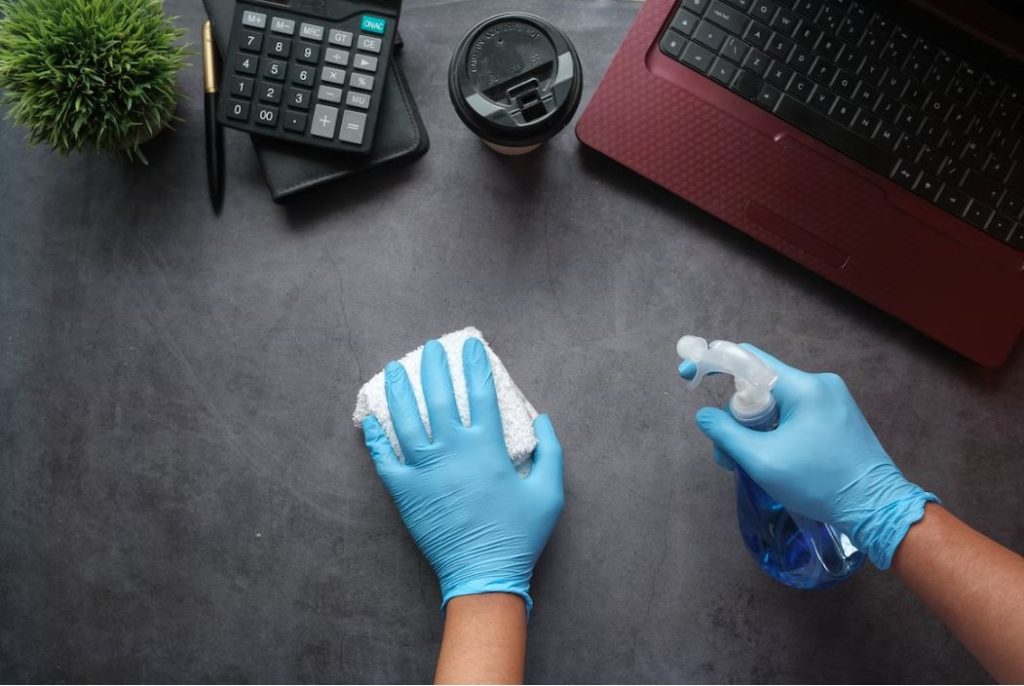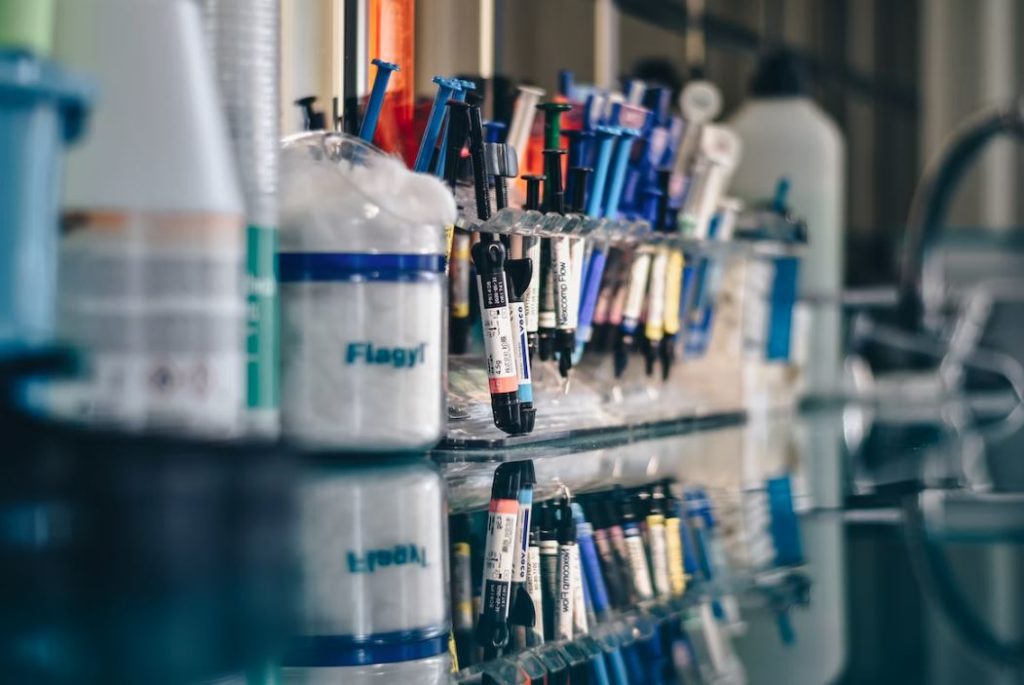
Maintaining good hygiene is key to protecting yourself and others from illness. A hygiene test can help you make sure that you’re meeting all the necessary standards for cleanliness. ATP testing is a tool for identifying and measuring biological matter on surfaces and in water in sectors where hygiene control is essential. Here are the benefits of using a hygiene scale and how to use one effectively.
What are hygiene test scales?
A hygiene scale is a device that is used to measure the level of cleanliness in an environment. This is important for organizations looking to advance the hygienic status of their facilities and can be useful in restaurants, hospitals, and other public places where it is important to maintain a high level of cleanliness. The scale works by measuring the amount of dirt and bacteria present on a surface. It then assigns a numerical value to the level of cleanliness, with higher numbers indicating a cleaner surface.
Why use hygiene test scales?
There are many reasons why you might want to use a hygiene scale. For one, it can help you ensure that you’re meeting all the necessary standards for cleanliness. It can also be used to spot potential problem areas so that they can be cleaned more thoroughly. Additionally, regular use of a hygiene test scale can help you keep track of your progress over time and see how well your cleaning efforts are paying off.
How to use hygiene test scales
Using a hygiene scale is relatively simple. First, find a surface that you want to test. This could be a countertop, floor, or any other type of surface. Next, wipe the surface with a clean cloth or paper towel to remove any loose dirt or debris. Then, apply a small amount of the testing solution to the surface. Finally, place the Hygiene Test on the surface and wait for the results. The scale will assign a numerical value to the level of cleanliness, with higher numbers indicating a cleaner surface.
Keep in mind that the results of your test may vary depending on the type of surface you’re testing. For example, a tile floor is likely to receive a higher score than a carpeted floor. However, both surfaces can be considered clean if they meet the necessary standards.
What are the benefits of using hygiene test scales?
There are many benefits to using a hygiene scale. For one, it can help you ensure that you’re meeting all the necessary standards for cleanliness. It can also be used to spot potential problem areas so that they can be cleaned more thoroughly. Additionally, regular use of a hygiene test can help you keep track of your progress over time and see how well your cleaning efforts are paying off.
When it comes to choosing a scale, there are a few things you’ll want to keep in mind. First, consider the size of the surface you’ll be testing. You’ll want to make sure that the scale you choose is large enough to accommodate the surface area. Additionally, think about how often you’ll be using the scale. If you plan on using it regularly, you’ll want to choose a durable option that can withstand repeated use. Finally, consider your budget. There are a variety of hygiene test scales available at different price points. Choose the option that fits your needs and budget best.
What is relative light unit?
Relative light unit (RLU) is a measurement scale used to determine the level of cleanliness in an environment. This can be useful in restaurants, hospitals, and other public places where it is important to maintain a high level of cleanliness.
How is RLU measured?
RLU is measured by shining a light on a surface and measuring the amount of light that is reflected off of the surface. The more light that is reflected, the cleaner the surface is.
What are the benefits of using RLU?
There are many benefits of using RLU to measure the level of cleanliness in an environment. Some of these benefits include:
- It is a quick and easy way to measure the level of cleanliness in an environment to ensure an effective cleaning process.
- It is an objective way to measure the level of cleanliness in an environment.
- It can be used to compare the level of cleanliness in different environments to ensure cleaning procedures are effective.
What are some limitations of Relative Light Units?
Some limitations of RLU include:
- It is only a measure of the level of cleanliness on a surface, not the overall level of cleanliness in an environment.
- It does not take into account other factors that can affect the level of cleanliness in an environment, such as air quality.
How Are Relative Light Units Used to measure the level of cleanliness in an environment?
There are many ways to use RLU to measure the level of cleanliness in an environment. Some methods include:
- Swabbing: Swab a surface with sterile ATP swabs and measure the amount of light that is reflected off of the swab.
- Spray and wipe: Spray a surface with a disinfectant and measure the amount of light that is reflected off of the surface after it has been wiped.
- Dip and read: Dip a test strip into a disinfectant and measure the amount of light that is reflected off of the test strip.
What are acceptable RLU levels?
There is no universal answer to this question as acceptable RLU levels vary depending on the laboratory and test used. However, most laboratories consider a result of less than 10 RLU/mL to be within the normal range.

What does ATP (adenosine triphosphate testing) measure?
ATP testing devices provide ATP measurements of the amount of adenosine triphosphate (ATP) in a sample. ATP is a molecule that provides energy for many cellular processes. ATP detection meters measure the amount of ATP concentration in a sample by luminescence, or light emission.
Because the amount of light produced is exactly proportional to the amount of ATP present in the sample, measuring the amount of bioluminescence with an ATP test offers a strong indication of surface cleanliness or water quality. Since the bioluminescence response occurs instantly, results can be processed at the testing location in a matter of seconds.
Hospitals, restaurants, supermarkets, the healthcare and pharmaceutical industries, and other establishments where prompt detection of contamination is essential all make considerable use of ATP Detection Systems.
Why are ATP tests utilized as part of many hospital cleaning regimes?
ATP reading is utilized as part of many hospital cleaning regimes because it provides a rapid and accurate measure of the amount of bio-burden present on a surface. This is much more effective in determining hospital cleanliness than a simple visual inspection of the hospital environmental surfaces.
Bio-burden is defined as the amount of living organisms present on a surface. By measuring the amount of bio-burden present on a surface, healthcare facilities are able to better optimize their cleaning protocols. By monitoring hospital surface sanitization, healthcare facilities can achieve a more sterile environment.
Final Thoughts
Hygiene test scales is a device that is used to measure the level of cleanliness in an environment. This can be useful in restaurants, hospitals, and other public places where it is important to maintain a high level of cleanliness.
There are many benefits of using RLU to measure the level of cleanliness in an environment, such as its quick and easy use and objective measurement. However, there are some limitations to RLU, such as its only measuring surface cleanliness and not overall environmental cleanliness. Acceptable RLU levels vary depending on the laboratory and test used but most laboratories consider a result of less than 10 RLU/mL to be within the normal range.
Routine ATP testing saves time and money by ensuring efficient cleaning processes, which reduce the need for labor-intensive re-cleaning. The amount of expensive sanitation supplies and equipment can be minimized. ATP testing provides rapid results on-site, allowing for immediate corrective action that can prevent expensive product recalls and delayed production.

Frequently Asked Questions
Q: What is a modified ATP benchmark?
A: A modified ATP test benchmark (also known as an “ATP assay”) is a measure of the amount of adenosine triphosphate (ATP) in a given sample. The higher the level of ATP in a sample, the more energy that is present.
Q: What is ATP bioluminescence?
ATP bioluminescence is the natural production of light by a living organism.
Different cells produce different colors of light, depending on the type of chemical reaction that is taking place inside the cell. For example, in some cells, the light is yellow or green, while in others it may be blue or red.
Q: What is microbial ATP?
A: ATP is an abbreviation for adenosine triphosphate. ATP is the main energy currency in all cells. It’s like a battery that stores chemical energy and then releases it to fuel cell processes. All living things need ATP. When we breathe, our cells use oxygen to convert glucose into the same ATP concentration. Then, the ATP powers our muscles as they contract and helps to pump blood around our bodies.

